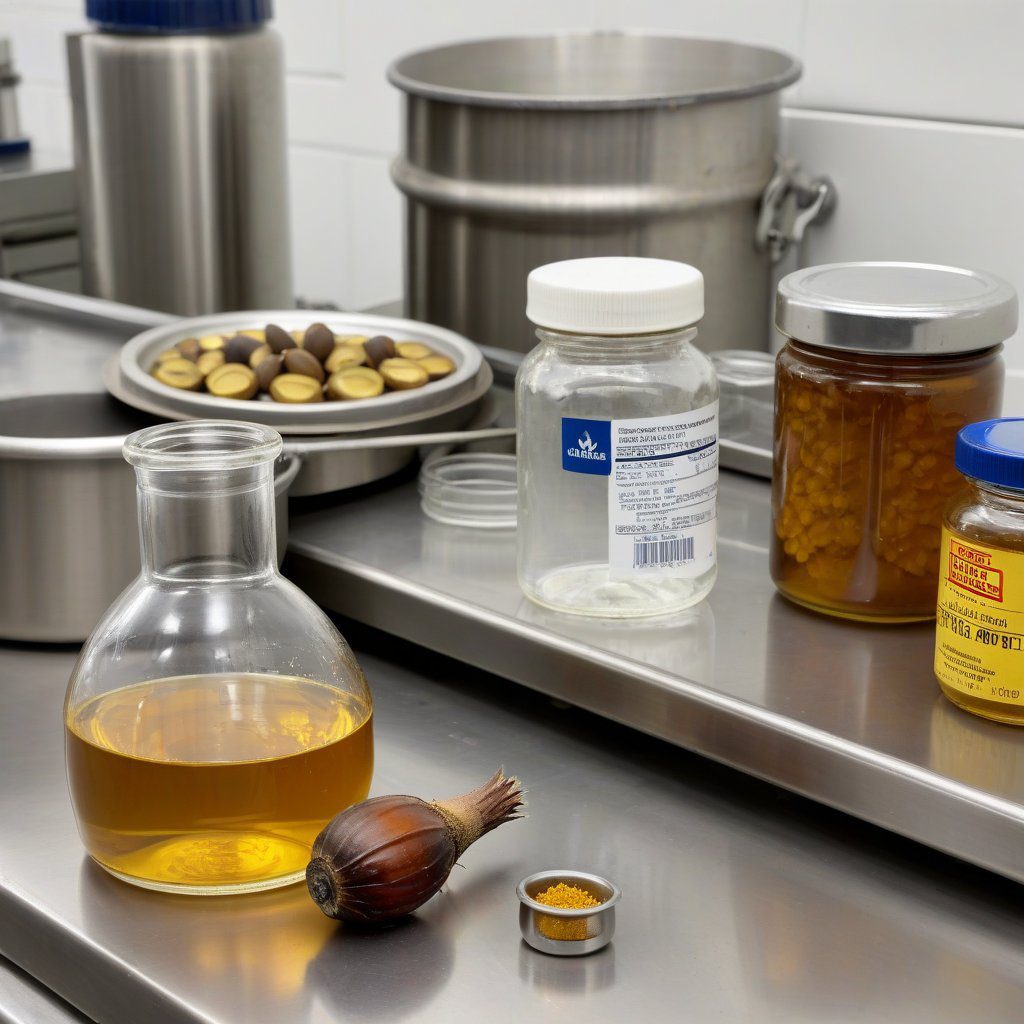Understanding Amides in Chemical Industry
Amides are organic compounds derived from carboxylic acids, characterized by the presence of a carbonyl group (C=O) linked to a nitrogen atom (N). In the chemical industry, amides play a crucial role in various applications, including solvents, plasticizers, and intermediates in the synthesis of pharmaceuticals. The quality control of amides is paramount to ensure their functionality and safety in industrial applications.
Importance of Quality Control in Amides
Quality control in the production of amides involves systematic processes aimed at ensuring that the products meet specified standards and regulations. This includes monitoring the concentration levels, purity, and the presence of impurities. A robust quality control system helps to mitigate risks associated with the use of amides in sensitive applications, thereby maintaining trust in the product among consumers and regulatory bodies.
Concentration Levels of Amides
Amides are available in various concentrations, notably 90%, 80%, and 60%. Each concentration serves different industrial needs. For instance, higher concentrations may be preferred in chemical synthesis processes, while lower concentrations might be suitable for applications requiring less potency. Understanding these concentrations is essential for manufacturers and suppliers to tailor their products accordingly.
Testing Methods for Amides Quality Control
Several analytical techniques are employed to ensure the quality of amides, including High-Performance Liquid Chromatography (HPLC), Gas Chromatography (GC), and Nuclear Magnetic Resonance (NMR) spectroscopy. These methods allow for the accurate assessment of concentration, purity, and structural integrity, forming the backbone of an effective quality control program in the chemical industry.
Regulatory Standards for Amides
The production and distribution of amides are subject to various regulatory standards imposed by organizations such as the Environmental Protection Agency (EPA) and the Occupational Safety and Health Administration (OSHA). Compliance with these regulations not only ensures product safety but also enhances the credibility of suppliers in the competitive market.
Challenges in Amides Quality Control
Quality control of amides can pose certain challenges, including variability in raw materials, potential degradation of products over time, and the need for consistent testing methods. Addressing these challenges requires continuous monitoring and improvement of quality control processes to ensure that the final products meet the high standards expected by consumers.
Role of Technology in Quality Control
Advancements in technology have significantly enhanced the quality control processes in the production of amides. Automation and real-time monitoring systems allow for more efficient testing and quicker response times to any deviations in quality. Such technologies are essential for maintaining consistency across different batches of amides, thereby reinforcing the reliability of suppliers.
Quality Assurance Practices in Amides Production
Quality assurance practices in the production of amides extend beyond initial testing. They involve comprehensive strategies that encompass the entire production process, from raw material selection to final product delivery. Implementing these practices ensures that all aspects of production align with quality standards, fostering greater confidence among customers.
Impact of Quality Control on Market Position
The effectiveness of quality control in the production of amides directly influences a supplier’s market position. By consistently providing high-quality products, suppliers like DIPLOMATA can establish themselves as trusted brands in the United States, attracting a loyal customer base and gaining a competitive edge.


